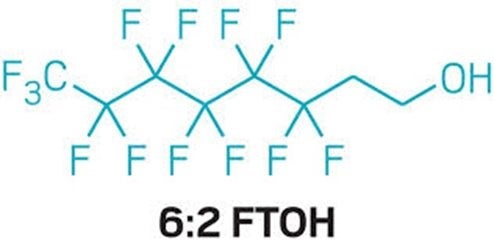Tom Neltner, J.D., Chemicals Policy Director and Maricel Maffini, Ph.D., Consultant
Last week, the Food and Drug Administration (FDA) announced the phase-out of per- and polyfluorinated alkyl substances (PFAS) used to greaseproof paper and paperboard food packaging made from a specific type of short-chain PFAS known as 6:2 fluorotelomer alcohol (6:2 FTOH). The action, narrow as it is, is welcome news for efforts to protect public health and the environment from the risks posed by short chain PFAS, known as “forever chemicals” because they do not degrade.
FDA secured voluntary agreements with three companies, Archroma, Asahi Glass, and Daikin, to phase-out products based on 6:2 FTOH. A fourth company, Chemours, asked FDA to suspend the agency’s approvals on its products containing the PFAS one year ago. The action affects 15 food contact substance notifications (FCN) approved by the agency between 2006 and 2016. It does not address 13 FCNs for similar greaseproofing uses made from PFAS other than 6:2 FTOH. And, under the agreement, consumers may still find 6:2 FTOH-laden, carry-out containers until June 2025.
The process FDA took, and the time it took to get there, reveals the significant difficulties the agency has in reversing past actions in the face of mounting evidence of a chemical’s risk:
- FDA must seek out information because companies have no obligation to affirmatively notify the agency of new studies showing potential problems;
- When FDA finds the information and identifies potential safety concerns, it appears to act as if it has the burden of proving the use is no longer safe; and
- FDA continued approving uses of 6:2 FTOH even after it identified problematic data gaps.
These difficulties reinforce the need for actions being taken by states such as Washington, Maine, New York, and California, by Congress, and by retailers to reduce uses of PFAS in their products. When it comes to food packaging, PFAS are dinosaurs and their time is running out.
Read More »












